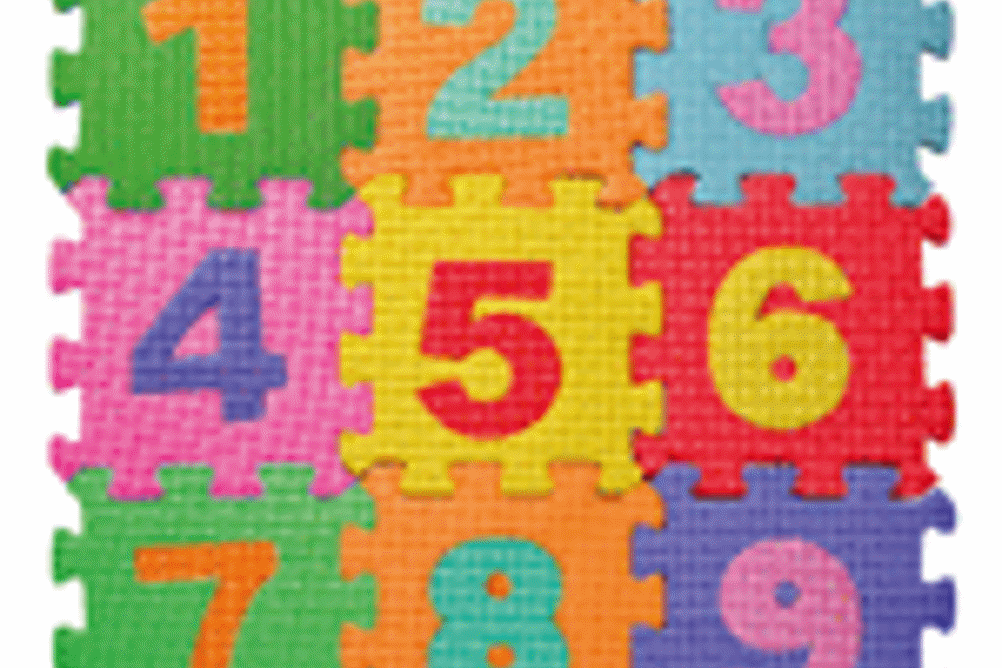
New educational programme
'Mathematics involves providing children with opportunities to develop and improve their skills in counting, understanding and using numbers, calculating simple addition and subtraction problems; and to describe shapes, spaces, and measures.' (Revised Statutory Framework, paragraph 1.6)
The first thing to note is the name change from Problem Solving, Reasoning and Numeracy to Mathematics. This makes sense, as mathematical development is so much more than numeracy, and in an effective early years environment, there are many opportunities for problem-solving and reasoning across the areas of learning and development, not just in maths.
EARLY LEARNING GOALS
What has been removed?
What has been added or moved?
Register now to continue reading
Thank you for visiting Nursery World and making use of our archive of more than 35,000 expert features, subject guides, case studies and policy updates. Why not register today and enjoy the following great benefits:
What's included
-
Free access to 4 subscriber-only articles per month
-
Unlimited access to news and opinion
-
Email newsletter providing activity ideas, best practice and breaking news
Already have an account? Sign in here









